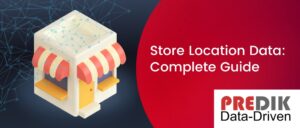As consumer behavior continues to evolve, companies must keep up with the constantly changing preferences of their customers to remain competitive in their industries.
Decision-makers have realized that the unpredictable market conditions and the looming possibility of a recession have prompted consumers to prioritize spending only on necessities and to seek more efficient shopping options, such as online purchasing, reflecting the shift towards a hybrid digital-physical lifestyle.
Also, the emergence of new and unconventional ways of living and engaging with the world has led to rapid changes across various industries, making it increasingly challenging for businesses to adapt to shifting demands.
“77% of brands believe that customer experience is a key competitive differentiator”
IDC
This is why, to succeed, companies must understand and respond to these changes before their competitors. Fortunately, companies can collect and analyze consumer insights faster and more efficiently using customer data analytics to understand better and improve their customer journey.
You may also like to read: How to Get Useful Customer Behavior Analytics? (Guide)
In this article we will cover the following topics:
- Five trends that will define customer behavior this year
- What is Customer Data Analytics?
- How does Customer Data Analysis work?
- What are Customer Analysis Tools?
- Five benefits of using Consumer Data Analysis in Business
- Costumer data analysis example: How Amazon uses consumer data to improve its buying experience
- Challenges of using customer data
- In conclusion
Five trends that will define customer behavior this year
Trend 1: Sustainability. According to a report by Euromonitor, sustainability will continue to be a significant trend in 2023. Consumers are becoming more conscious of their environmental impact and are interested in reducing it.
This means businesses should consider incorporating sustainable practices into their operations, such as using eco-friendly materials, reducing waste, and supporting ethical and environmentally-friendly suppliers.
Trend 2: Personalization. Forbes predicts that personalization will be a key trend this year. Customers expect businesses to understand their needs and preferences. Users expect tailored experiences based on their behavioral data.
“For every ten consumers, five have left a brand due to poor costumer service.”
Emplifi
This is why companies should invest in data analytics and customer relationship management tools. Your marketing and sales should be able to gather and analyze real-time customer data to provide personalized recommendations and communications.
Trend 3: Convenience. Convenience will continue to be a top priority for customers in 2023, according to a report by the National Association of Convenience Stores.
This means businesses should prioritize seamless, frictionless experiences across all channels (from online to in-store). Also, convenience strategies should offer fast and easy checkout processes, easy-to-use websites and apps, and efficient customer service.
Trend 4: Health and Wellness. Mintel predicts that consumers will focus more on their physical and mental well-being. What does this mean? Most businesses should consider offering products and services that support a healthy lifestyle.
This trend brings new opportunities for nutrition, fitness, and mental health-related companies.
Trend 5: Technology. Finally, technology will continue shaping customers. According to Shopify, users expect businesses to offer innovative technologies, such as augmented reality, virtual reality, and artificial intelligence, to enhance their shopping experiences.
This means businesses should invest in technology to provide customers with immersive and interactive experiences.
What is Customer Data Analytics?
Customer analytics analyzes customer data to gain insights into customer behavior and preferences to improve customer engagement and satisfaction.
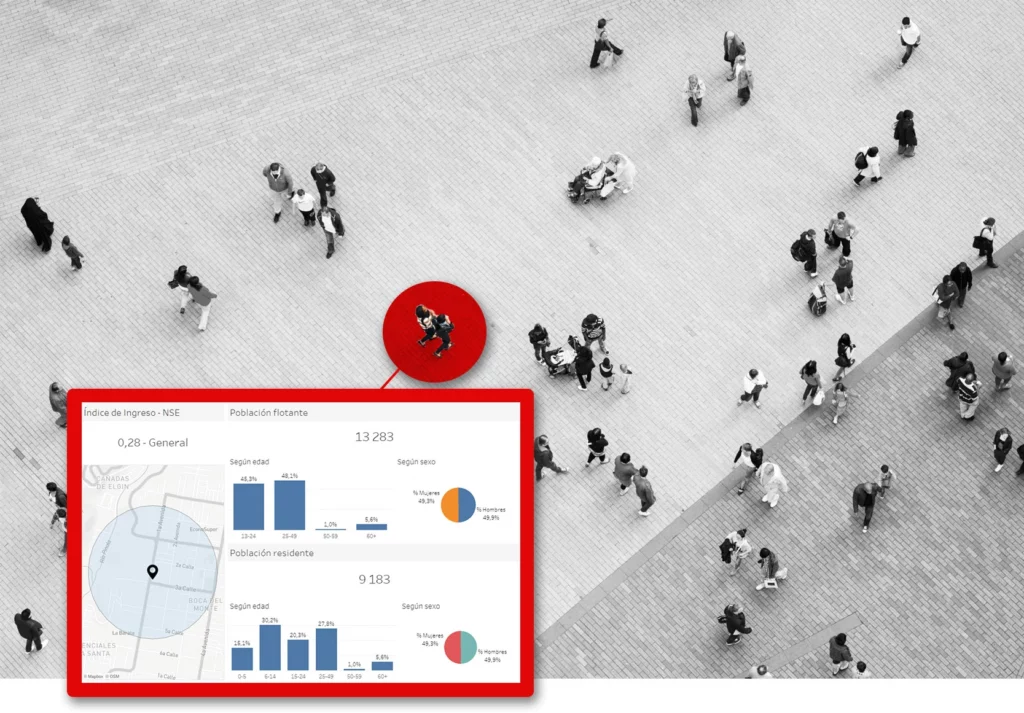
TechTarget defines it as the processes and technologies that enable an organization to understand customer behavior and preferences, anticipate future customer needs, and optimize customer interactions.
Ultimately, customer data analytics aims to gain a 360-view of a company customer’s behavior, preferences, and needs. By analyzing customer data, organizations can identify patterns and trends in customer behavior, such as purchasing habits, browsing history, and feedback.
These insights are valuable for all areas of the organization. From marketing to product development, all the way to customer service.
How does Customer Data Analysis work?
Customer Data Analysis uses different analytical tools and techniques to understand customer behavior across multiple touchpoints, including online and offline interactions.
The main components of customer analytics include:
- Data collection.
- Data integration.
- Data analysis.
- Data visualization.
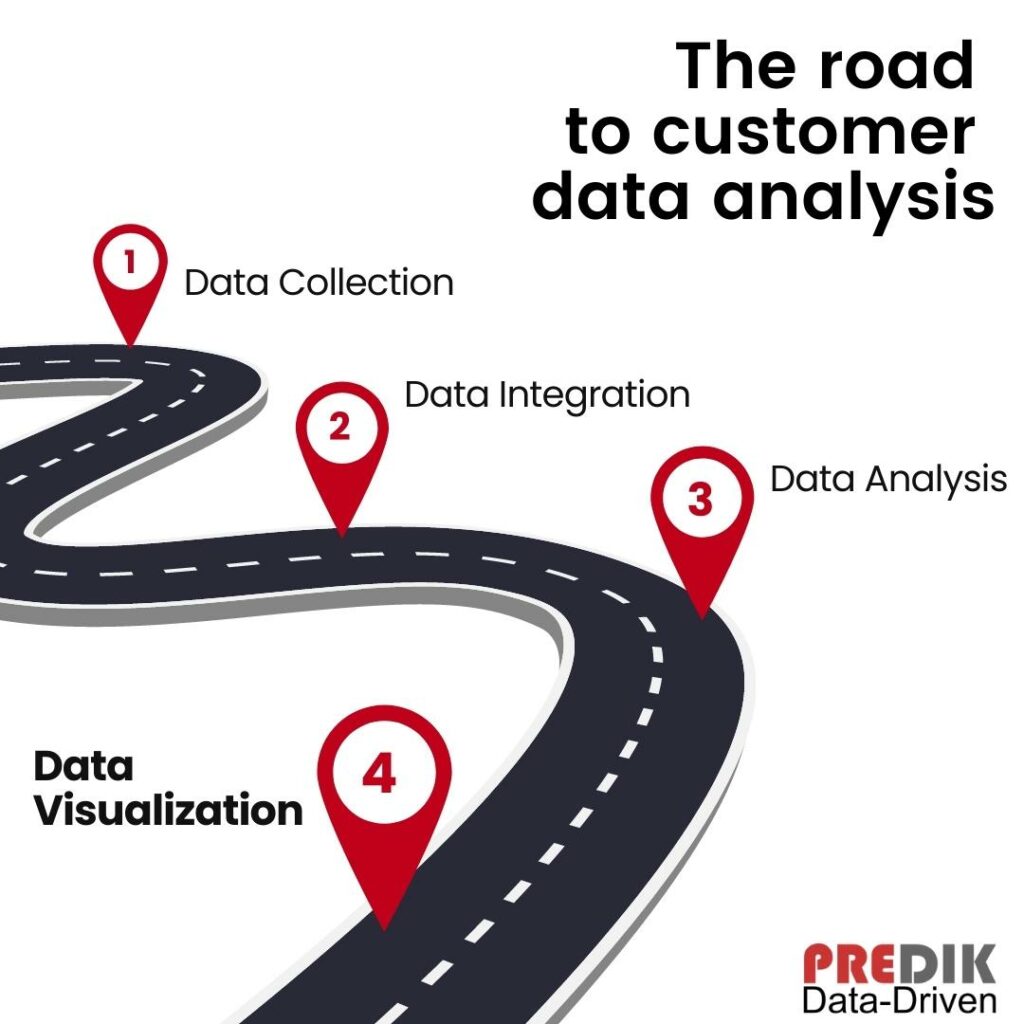
Data collection
Customer analytics involves collecting data about customers to gain insights into their behavior, preferences, and needs. Businesses can use different data sources to conduct customer analytics (Such as transactional, demographic, and behavioral data).
These are some examples of Consumer Data Analysis sources:
- CRM Tools
- Sales and Marketing data (Like purchase history and sales orders).
- Point of Sale (POS) systems
- Web and mobile analytics
- Social media platforms
- Email marketing
- Surveys and customer feedback
- Customer experience data
- Customer satisfaction data
- Customer support data
- Loyalty programs
Data integration
Data integration combines all the gathered data into a comprehensive view of the customer.
Data analysis
Data analysis involves using statistical and machine learning techniques to identify patterns, correlations, and trends regarding customer behavior.
For example, marketing leaders can identify correlations between specific marketing campaigns and purchase behaviors through customer data analytics.
Data visualization
Data visualization involves showing results visually. This step includes charts, graphs, and dashboards. Its primary purpose is to make it easier for decision-makers to understand and act on the insights gained from customer data analysis.
What are Customer Analysis Tools?
Customer analysis tools are essential for businesses that want to understand their customers better. These tools are meant to ease the collection, organization, and data analysis processes.
Here are some of the most effective customer analysis tools available:
- Customer Data Platforms (CDPs).
- Predictive Analytics.
- Customer Surveys.
- Social Media Monitoring.
- Data Visualization Tools.
Customer Data Platforms (CDPs): These powerful tools help businesses collect and unify customer data from multiple sources, including online and offline interactions.
A single, unified customer profile helps businesses gain a more comprehensive view of their customers throughout all touchpoints.
Predictive Analytics: Predictive analytics uses Machine Learning algorithms to analyze customer data and identify patterns to help businesses predict future customer behaviors.
This tool can identify customers with high purchase probability. Also, it can estimate which products or services will become more popular and which marketing channels are most effective.
Businesses can optimize their marketing strategies and improve customer experiences by leveraging predictive insights.
Want to learn more about Predictive Analytics? Here is our most complete guide
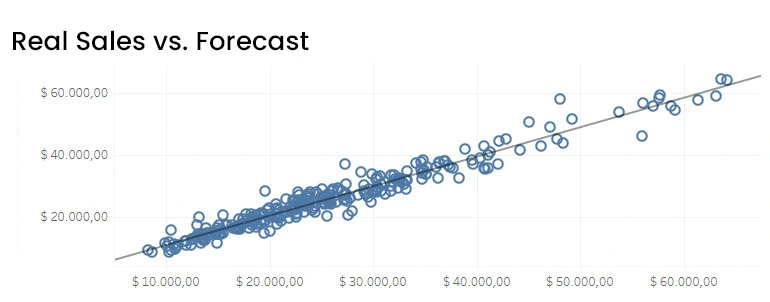
Customer Surveys: Customer surveys remain an essential tool for collecting direct feedback from customers.
Survey methodologies have evolved and can now be conducted online, in-store, or through other channels.
Social Media Monitoring: Social media monitoring tools help businesses track customer interactions on social media platforms, including mentions, comments, and direct messages.
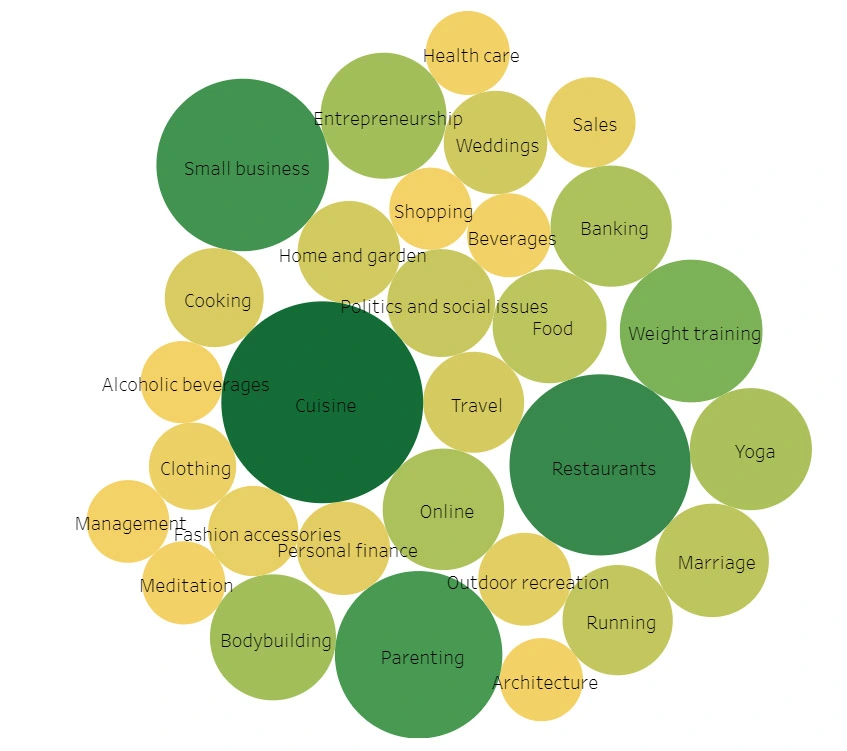
By monitoring social media conversations, businesses can identify customer sentiment, respond to customer inquiries, and address potential issues.
Social monitoring is perfect for building stronger customer relationships and improving brand reputation.
Data Visualization Tools: Data visualization tools help businesses turn complex data sets into easy-to-understand visualizations (This includes charts and graphs).
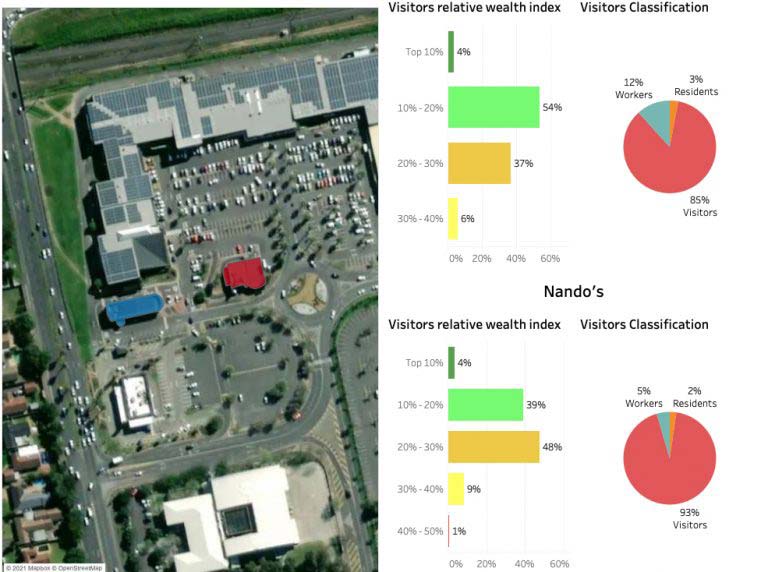
By visualizing customer data, businesses can identify patterns and trends that may be “invisibles” in raw data.
Five benefits of using Consumer Data Analysis in Business
Consumer Analytics brings many benefits to businesses and companies. We highlight these five:
- Better brand experience and personalization.
- Customer retention and fidelity.
- Accurate business decisions.
- Achieve competitive advantage.
- Increase in profitability.
Better brand experience and personalization
As we have already discussed, personalization has become a “must” for consumers regardless of the industry or market.
For example, retailers use customer insights to identify and predict which products will become best sellers. By analyzing preferences and purchase history, marketing teams can develop tailored recommendations and offers that match each customer’s unique style and taste.
These strategies increase customer satisfaction and drive higher conversion rates and revenue.
Customer retention and fidelity
Customer segmentation data analysis has become the best way to improve customer retention in a landscape where users no longer believe in brand fidelity.
Imagine a service company using data analytics to identify customers at risk of leaving. By analyzing usage patterns, billing history, and customer feedback, they can intervene with targeted retention efforts, such as offering a personalized plan or resolving a service issue.
These actions retain customers, reduce churn rates, and increase customer loyalty.
Did you know? Customer churn costs US firms over $35.3 billion annually due to preventable CX concerns, including fair treatment.
Callminer
Data analytics is about retaining leaving consumers and rewarding those who are staying. Continuing our example, the same company can analyze its best customers to improve the brand’s loyalty programs (This is called customer satisfaction data analysis).
Accurate business decisions
Having the proper data analysis process equals making better business decisions.
In recent years, healthcare companies have paid more attention to consumer analytics. They must understand their patient behavior to decide which services and treatments are better to offer.
Managers can rapidly identify improvement areas and new opportunities by analyzing patient demographics, medical history, and treatment outcomes. All the gathered insights can lead to better health outcomes, improved patient satisfaction, and increased profitability.
Achieve competitive advantage
Did you know? Businesses using consumer data analytics are likelier to achieve a competitive advantage within their industry.
“Companies using customer analytics report 115% higher ROI and 93% higher profits than the ones who do not.”
McKinsey report
Take the example of a B2C company launching a new e-commerce site. They can use data analytics to identify their customers’ most popular products and categories. Then, they can compare data with their offline results and start improving the customer journey throughout all its channels.
In this case, they will find it handy to gather all their purchase orders, browsing behavior, and social media activity. This is how companies are getting ahead of their competitors these days.
Increase in profitability
Consumer data analytics can help businesses increase profitability by identifying cost-saving areas and new revenue growth opportunities.
Interesting Fact: Financial companies integrating consumer data in their daily operation are saving millions by anticipating fraud activities and reducing risks.
Costumer data analysis example: How Amazon uses consumer data to improve its buying experience
Amazon, one of the world’s largest e-commerce platforms, is renowned for continuously using customer analytics to improve its buying experience.
Basically, Amazon integrates customer analytics into four main strategies: Recommendations, Pricing, Customer Service, and Inventory Management.
Recommendations: Amazon’s personalized product recommendations are a prime example of leveraging customer analytics to drive sales. The company can suggest products more precisely by analyzing vast amounts of data, including customer purchase history, search queries, and product ratings.

Pricing: Amazon uses sophisticated data analytics techniques to optimize its pricing strategy. The company employs a dynamic pricing model considering numerous factors, such as demand, supply, and competitor pricing.
Its model helps them offer highly competitive prices while maintaining healthy profit margins. By analyzing sales data, Amazon can identify products that are not selling well and adjust their prices accordingly.
Customer service: Amazon’s customer service is one of its main signatures, so you can imagine how important it is for them to maintain its high-quality standards.
Amazon constantly improves its policies, processes, and services by analyzing customer feedback and behavior. For instance, if customers report long wait times for customer service, Amazon may hire more support staff or implement self-service options to reduce wait times.
Inventory management: Effective inventory management has been crucial to Amazon’s success. That is why they integrate their customer demand data into their predictive models.
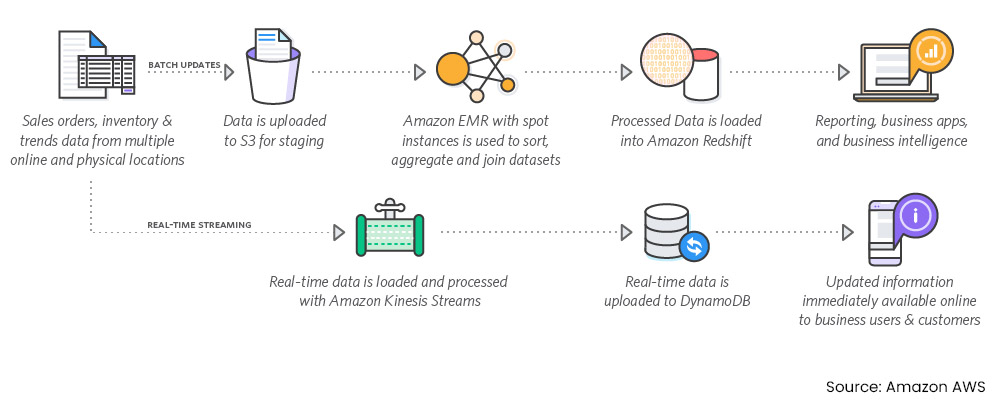
By prioritizing data analytics, Amazon can predict which products will sell well and how much inventory they need. This is how Amazon ensures that their most popular products are always in stock (And avoids overstocking items that aren’t selling).
Fraud prevention: Amazon can identify unusual activity by analyzing behavioral and purchase patterns. This process has helped them prevent issues such as multiple accounts using the same payment method or a sudden increase in purchases from particular users.
Analysts can proactively detect and prevent fraudulent activity by analyzing transaction data, behavioral patterns, and other fraud indicators.
Challenges of using customer data
As we have already discussed, customer analytics brings several benefits to companies. Still, it comes with challenges and risks.
Analyzing huge volumes of data can be overwhelming. One of the main challenges of using customer analytics is the vast data volumes companies must process.
Imagine sifting through a pile of sand, looking for pieces of gold – that’s what it can feel like to analyze customer data. Sorting through this large volume of data can be time-consuming and can reduce the analysis’s accuracy.
Most companies need an expert data team to get the best data.
Data quality must be a priority. In addition to data volume, data quality can become another challenge. Companies must realize that accuracy can be affected by incomplete or incorrect data and a lack of transparency, among other factors.
For example, suppose a customer’s address is incomplete. In that case, the analysis might wrongly assume the customer lives in a particular region, leading to inaccurate conclusions.
Data collection must follow correct privacy policies. In today’s world, where data breaches and privacy violations have become a major concern, companies must follow all applicable data privacy regulations, protect customer information, and avoid the misuse of personal data.
Companies must avoid bias in their analysis. Data tends to be influenced by various factors, including collection methods, algorithms, and data interpretations. Without proper processes, bias can lead to incorrect business decisions and strategies.
What to expect about the future of Customer Analytics?
As technology advances, so does the future of customer analytics.
CDPs are becoming more popular. Customer data platforms (CDPs) can integrate customer data from various sources. By using a CDP, businesses can get a holistic view of their customers and make more informed decisions.
Machine Learning and Artificial Intelligence (AI) will continue to play an essential role in customer analytics. These tools are becoming better at identifying patterns and predicting future behavior.
Businesses will need to prioritize data privacy and security. As we already mentioned, data privacy and security concerns will continue shaping the future of customer analytics. Companies need to be sure they are using data responsibly and ethically.
Data analytics will be more necessary in improving customer satisfaction and loyalty. By leveraging user data, businesses can better address customers’ pain points and develop better strategies to keep closer brand relationships.
In conclusion
In conclusion, Customer Analytics can increase a company’s ROI by leveraging customer data to make informed decisions.
The insights gained from analyzing customer data can help businesses to identify trends, preferences, and behaviors. All this data is vital to strengthen marketing strategies, product development, and customer service efforts.
Through customer data analysis, decision-makers can improve customer satisfaction, boost customer retention, and drive sales growth. This is why investing in customer analytics represents an intelligent decision that can pay dividends in the form of better results and long-term business success.




